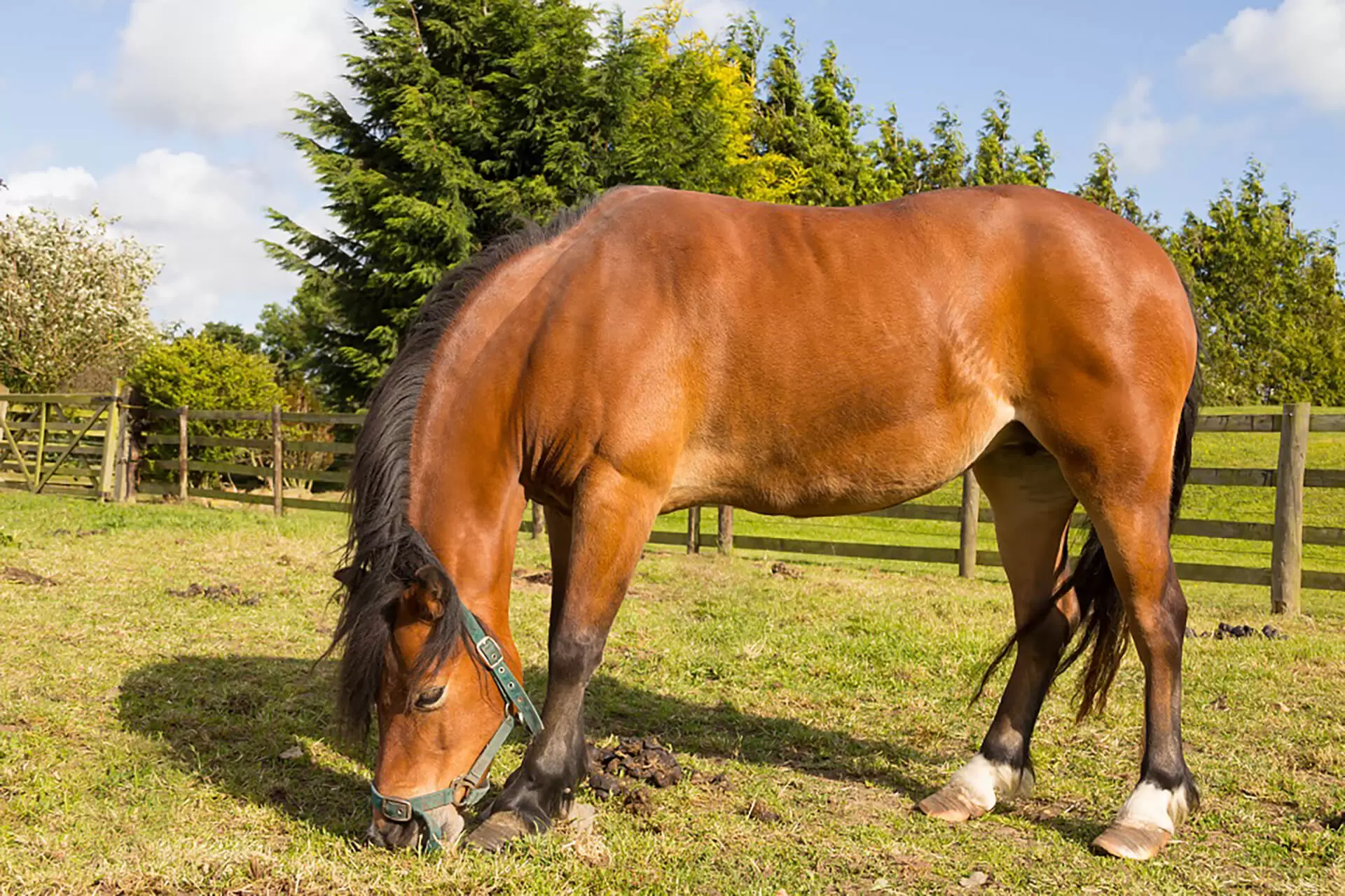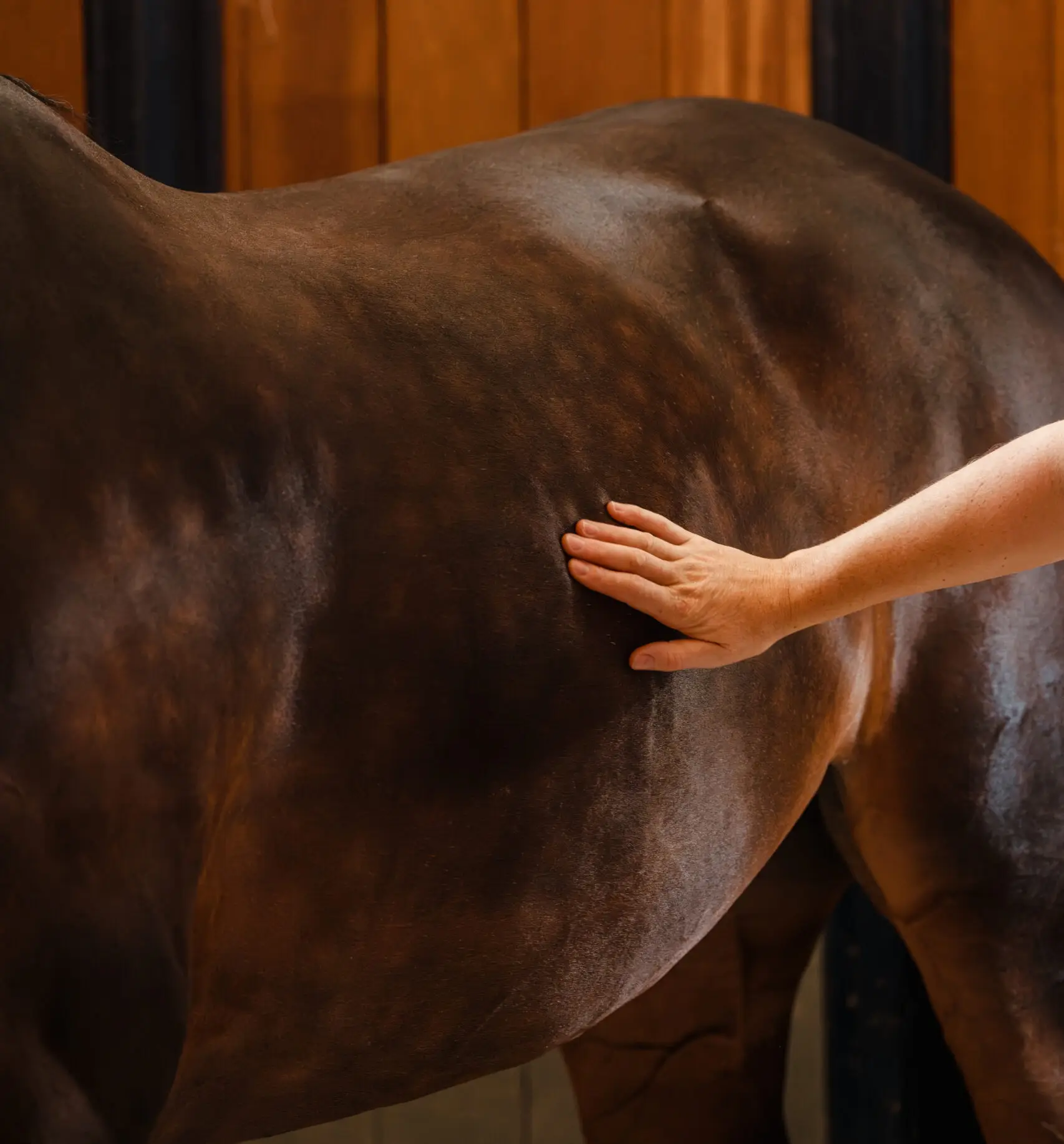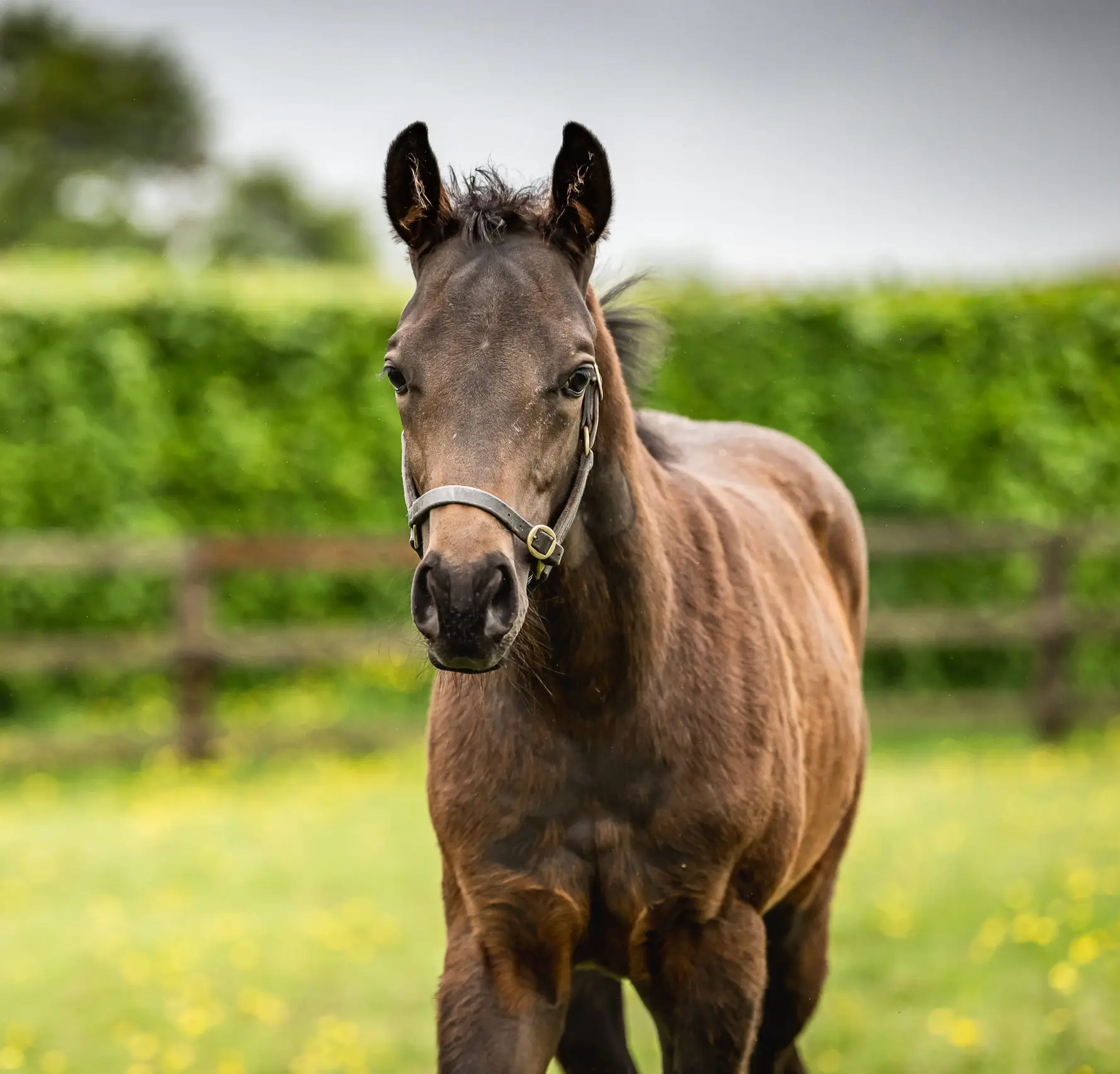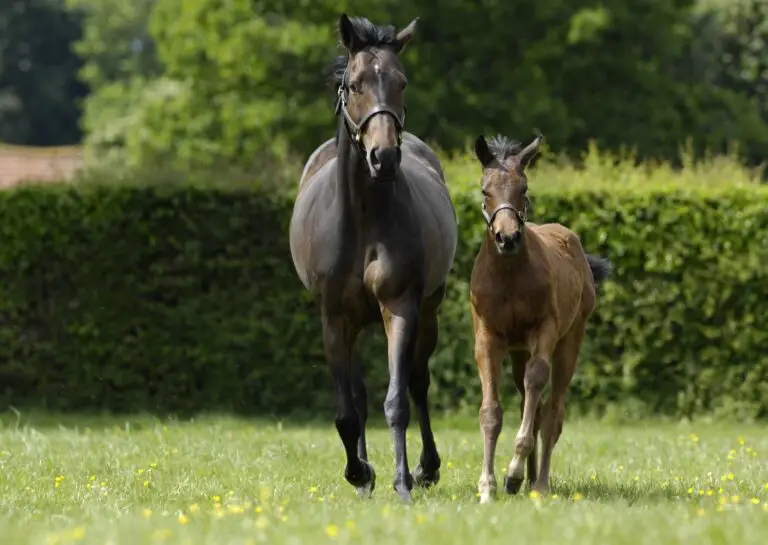
Laminitis – a right pain in the hoof
Laminitis is a painful condition in horses and ponies. It is common and frequently recurs in susceptible animals due to underlying conditions. These horses and ponies require special management to try and limit the severity and recurrence of laminitis.
What is laminitis?
Laminitis is a very painful condition which affects horses and ponies. Repetitive change to laminitis occurs when the laminae – finger-like projections that form the connection between the hoof and the last bone in the horses limb (the pedal bone) – become damaged. As these damaged laminae connections start to stretch and lose their shape, the pedal bone becomes unstable, which is painful. This pedal bone can also sink or rotate in relation to the hoof capsule, which is referred to as ‘founder’ or chronic laminitis.
What causes laminitis?
There are three main causes of laminitis:
Hormone/endocrine or insulin-related laminitis:
An underlying hormonal condition, such as equine Cushing’s disease (pituitary pars intermedia dysfunction – PPID) or equine metabolic syndrome (EMS) is the most common cause of laminitis – responsible for around 90% of all cases. These conditions cause insulin dysregulation, although the exact mechanism of action is unknown. Ponies and ‘good-doer’ types are more prone to this type of laminitis.
Inflammatory or sepsis-related laminitis:
Some serious medical conditions such as colic, diarrhoea, retained placenta or severe pneumonia result in systemic illness and inflammation, which leads to inflammation of the laminae and laminitis. This type of laminitis can also result from grain overload.
Supporting limb laminitis:
This occurs when a horse is non-weight bearing on one limb (for example due to a fracture or septic joint), and laminitis occurs in the other leg of the pair, due to mechanical overload.
What are the signs of laminitis?
• Bounding digital pulses (you can feel these at the back of the fetlock)
• Weight shifting
• Being ‘footy’ – a preference for soft surfaces
• Reluctance to turn
• Lameness, stiff or ‘pottery’ gait
• Reluctance to move
• Reluctance to pick up feet
• Pain between apex of frog and toe
• Increased heart rate, respiratory rate and other signs of pain
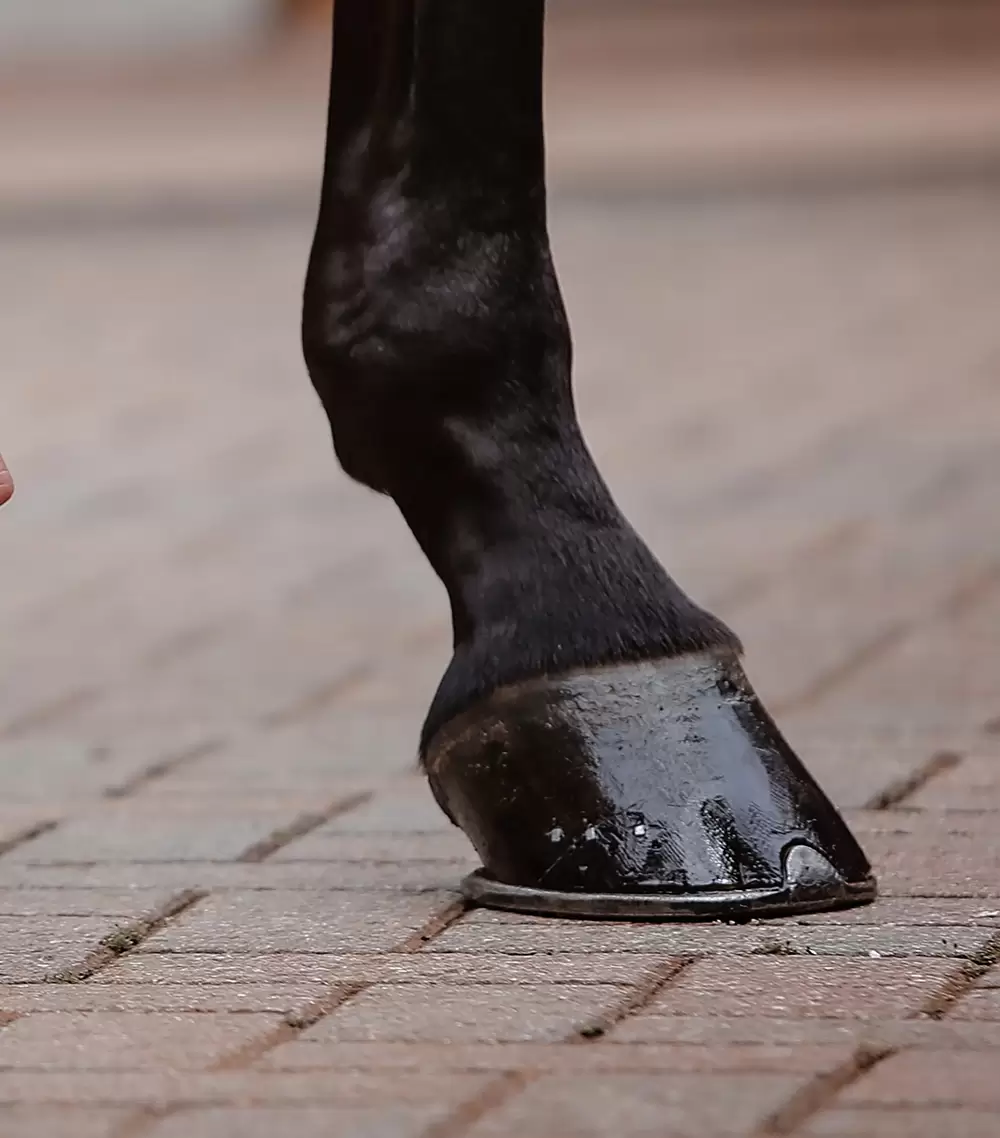
My horse has laminitis – what should I do?
If your horse is showing any of the signs above, you should call your vet so appropriate action can be taken. Your horse will require a period of rest, with restricted movement, pain relief and foot support. Other treatments will depend on the underlying cause.
Once stabilised, your vet will likely want to x-ray your horse to come up with a long-term management plan, as well as take blood tests to check for hormonal conditions.
How can I support my laminitic horse?
You’ll need to follow advice from your vet/farrier on therapeutic trimming and shoeing, and manage any diagnosed hormonal conditions.
Controlling your horse’s weight and diet is also key in managing and preventing the recurrence of laminitis. Hay should be fed at 1.5-2% of body weight, and can be soaked to remove as much of the sugars as possible. Dividing the hay into several small portions throughout the day and using smallholed haynets will help to slow down consumption and thus help maintain digestive health. Provided your horse’s teeth are in good condition, adding a little oat or barley straw to the diet may also be recommended to help reduce overall calorie intake, without limiting forage intake. Monitoring their weight with a weigh tape can give a rough guide to ensure your horse’s waistline is heading in the right direction! Exercise, provided there are no signs of active laminitis, can also help to keep your horse trim.
While diet restriction can play a key role in managing your laminitic horse, meeting their nutritional requirements of key vitamins and minerals can be challenging. Providing a quality vitamin and mineral supplement like Chevinal can help. Chevinal is a scientifically formulated liquid multivitamin, mineral and essential amino acid supplement for optimal equine nutrition – ideal for horses on a caloriecontrolled or poor-quality forage diet. Horses with no access to grass often also benefit from omega 3 supplementation, indeed in other species adding omega 3’s to the diet have been shown to improve insulin sensitivity. Kentucky Karron Oil is a naturally high in beneficial omega 3 fatty acids. All oils are high in calories, so for good-doers, should only be added to the diet in small quantities.
Laminitic horses and ponies often have damaged hoof horn, so a supplement which supports healthy and optimal new horn growth can be a great addition to their diet. Hoof Aid, available as a powder and liquid, supports quality hoof growth and strength with a combination of biotin and key minerals.
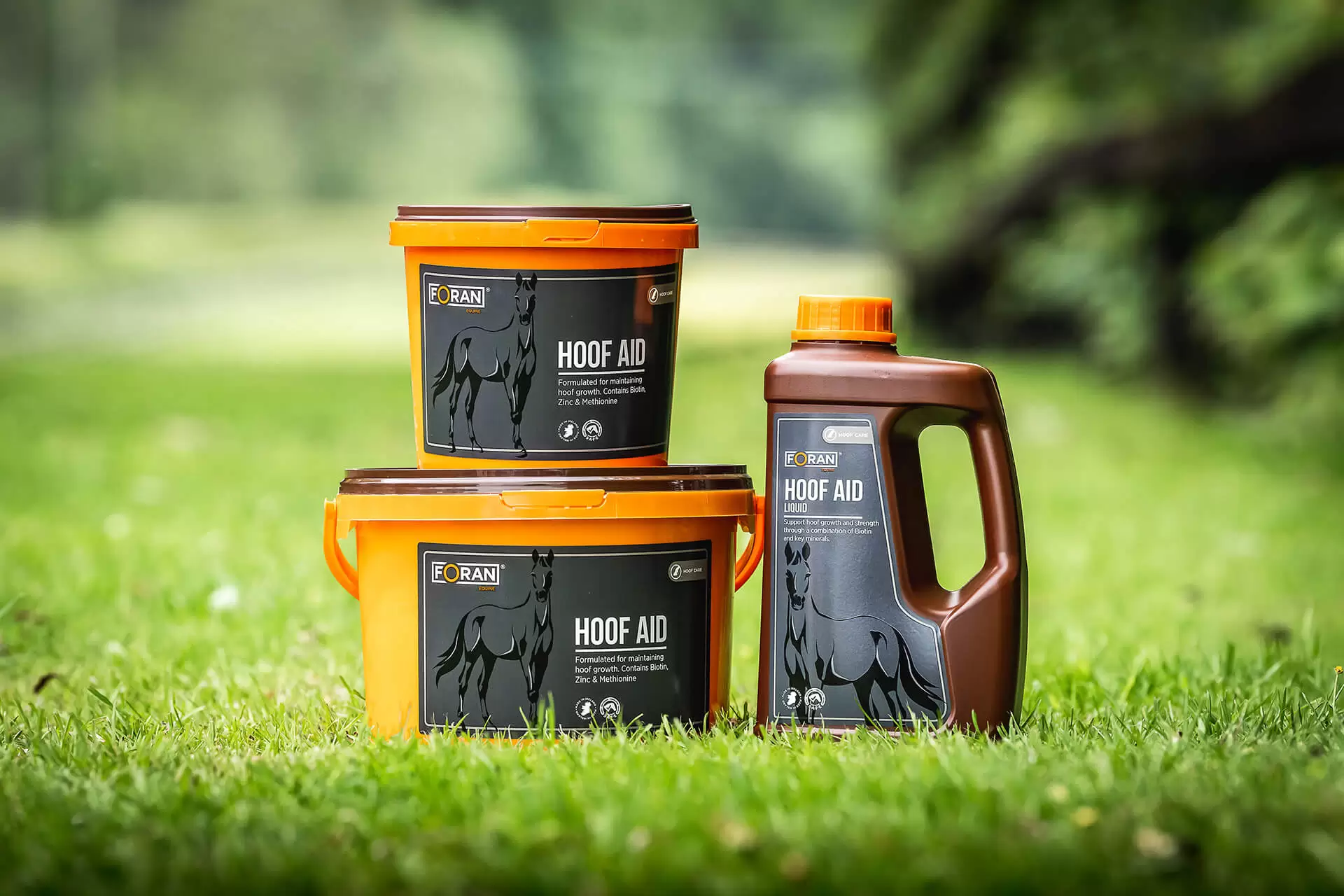
Read more about hoof supplements.
Get in touch with the Foran Equine Team for more information about how our products can help support your laminitic horse.
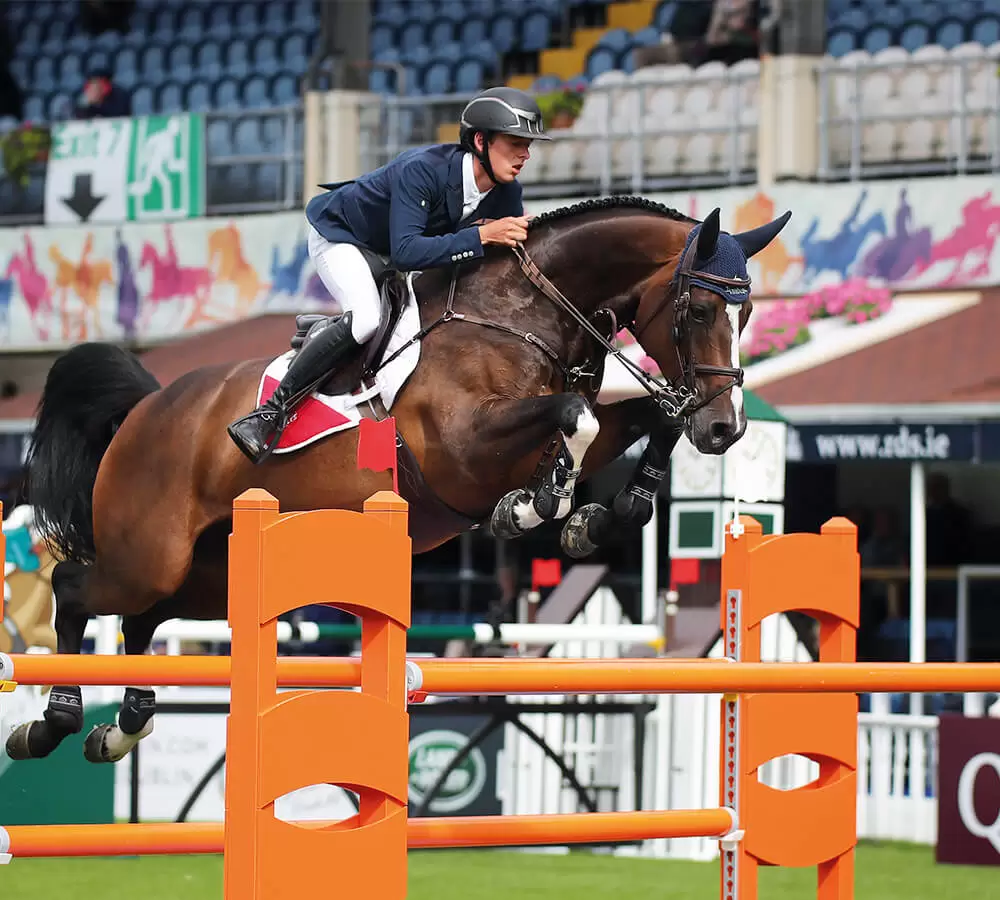





 E-Store
E-Store